Over the last two years, I have been researching stories for a potential City Quitters documentary. Getting funded is no joke though, and as it stands, I won't be making a film, but this seems like an excellent platform to share some of those stories that have inspired me.
When I visited Emilia Herman and Pete Youthed in November of 2021 for a test shoot, their house was a dilapidated ruin, more safety hazard than countryside dream. Water was dripping through the roof, as the couple explained how they would divide the rooms. Grim winter weather made for short and cold days of filming. There couldn’t have been a greater contrast between the desolate surroundings and the couple’s fervent imagination of their future home. I admired their bravery and idealism. But their endeavour seemed daunting. A massive project in the middle of nowhere, just as the war in neighbouring Ukraine was kicking off… What did they get themselves into?
This wasn’t some haphazard, impulsive move though. The decision to quit the city had been a deliberate choice for Emilia and Pete. The two architects had slowly been weaning themselves off urban life. First, they left London for Warsaw to set up their own practice, Studio Otamto. Now they were leaving Poland’s capital for Warmia, an abandoned yet beautiful area in the north of the country. For them, the shift to the countryside wasn’t an escape, but an attempt to live and work in a more conscious and considered way.
The reality of the environmental crisis weighs heavily on their shoulders. As parents and architects, they are concerned with building a home and creative practice that can stand the test of time and will provide a sustainable base for their son in the future. They took their time to find the right place. This house is on a hill (not easily prone to flooding) and the soil is good (lends itself to subsistence farming).
I am particularly inspired by their decision to downscale, both the house and their practice.
Rather than maximising living space - as is the status quo of most countryside projects - they turned half of the footprint into an open patio garden, leaving the outer walls intact. After splitting the house in half along its longitudinal axis, the ground floor still measures 100 sq metres. “To us the space feels luxurious. It’s much bigger than any of the apartments we’ve lived in before,” says Pete.
This mindset of ‘only building for what you really need’ is a forward-looking blueprint for projects in rural areas where space restraints are less common than in cities. Many countryside homes are completely over-proportioned for the nuclear families that live in them. In the Austrian village where my parents live, houses with 200 sq metres living space (complete with double garage) are the norm. What used to make sense a century ago when multiple generations were living under one roof, feels dated and excessive now. Those big spaces are expensive to heat and maintain. Less space also means less incentive to buy things to fill the space.
However, their humble and resourceful approach didn’t prevent them from exceeding their modest budget as building material costs shot up dramatically due to the war. “Prices went up right when we were starting to build. It was terrifying. We were like how the hell are we going to do this?!” says Emilia. The renovation was an endurance test of sorts, causing financial stress, and relationship tensions, making them doubt their decision many times. But they pulled through. Speaking to me now, over video call, they look back at their struggles with humour and relief.
“The one thing we had was time. Time to really consider every decision, to change our minds, and to find the best solution for us.” To gain this extra time, they had to scale back the projects they took on as a practice. Maybe a counter-intuitive move as an up-and-coming architecture studio, but one they don’t regret. It’s a once-in-a-lifetime undertaking and giving it enough time was crucial. How many projects are rushed and short-sighted, ending up costing much more in the long run?
This degrowth approach stuck with them. The goal is to adopt a more seasonal work pattern to free up more time for food production. In a world where the norm is to grow rapidly and build bigger and more expensive projects, this again feels like a commendable move: a conscious decision towards a slower and more regenerative practice. Focusing on the essentials leaves more space for the things that really matter. And it seems like they have struck a chord with other people moving to Warmia, which is becoming a popular region for fellow City Quitters. They are currently working on several residential projects in the area pursuing a similar strategy.
How is everyday life panning out for them in the Polish countryside?
Pete, a born Londoner, says “One of the biggest shifts is that you can decompress very quickly here. Going for a walk in the nearby woods totally shifts your perspective. Suddenly that email or that project is not stressing you out anymore. I found that very difficult to access in London.”
Emilia, originally from Poland, managed to quickly establish a good rapport with locals, sometimes chatting to their elderly neighbour for hours. She has also been able to find local craftsmen to conduct the building work.
A willingness to engage with a place long-term plays a vital role in this story. The ability (and desire) to truly care for a place – the land, the building structures, and all the living creatures in and around it – is what is often lacking in big cities. We’re rushed, we’re stressed, we use quick fixes. Slowing down allows us to mull things over, and consider more long-term solutions with the next generations and all living systems in mind.
Paradoxically, this commitment, this rooting down, offers a new sense of freedom. It brings clarity to one’s place and purpose in the world. It is the total opposite of the opportunistic ‘swipe culture’ that is prevalent in cities.
“Total freedom is very disorienting. It’s almost like a psychosis. Living in a world that is completely interchangeable and that needs to be updated every 30 seconds is terrifying,” ponders Pete who studied philosophy prior to architecture.
He is getting very good at Polish and is finding chatting with the locals easier. Social life is much more integrated into the everyday than it used to be when they were working in London and had long commutes. Luckily enough, another family with a similar backstory has moved in next door. There’s an informality and spontaneity to village life that is hard to find in a big city. Friendships, increasingly elusive for many of us, can be nurtured organically on a daily basis.
So here they are, working on architecture projects just as they did in the city, but rooted in a place that is demanding their care and attention, providing them with a sense of belonging and peace in return.
“The future is the countryside, but not the countryside of 100 years ago. The way of life is very different. We want to put work back into the courtyard. The courtyard as a place of production – of vegetables, jam and ideas.”
Intellectual, laptop-based work is complemented by hands-on physical work outside which they find particularly empowering. There are plans for agroforestry, the production of jam, and the hosting of architectural workshops for students. It’s a perfect example of the diversification of work I wrote about in my last post. This hybrid vision for rural life is what we need more of. By bringing work, life and energy back to abandoned and neglected places, we can reimagine the relationship between centre and periphery and establish a healthier balance.
Emilia says “This might sound weird, but since moving here and being closer to nature, I'm a lot less scared of dying. You realise that you are a part of this much, much bigger thing. You come from the earth and you will return to the earth and you're just one of the creatures living here.”
Emilia is even considering running for mayor in the village. I see a bright future ahead for this community in Warmia.
Learn more about Emilia and Pete and their excellent work here




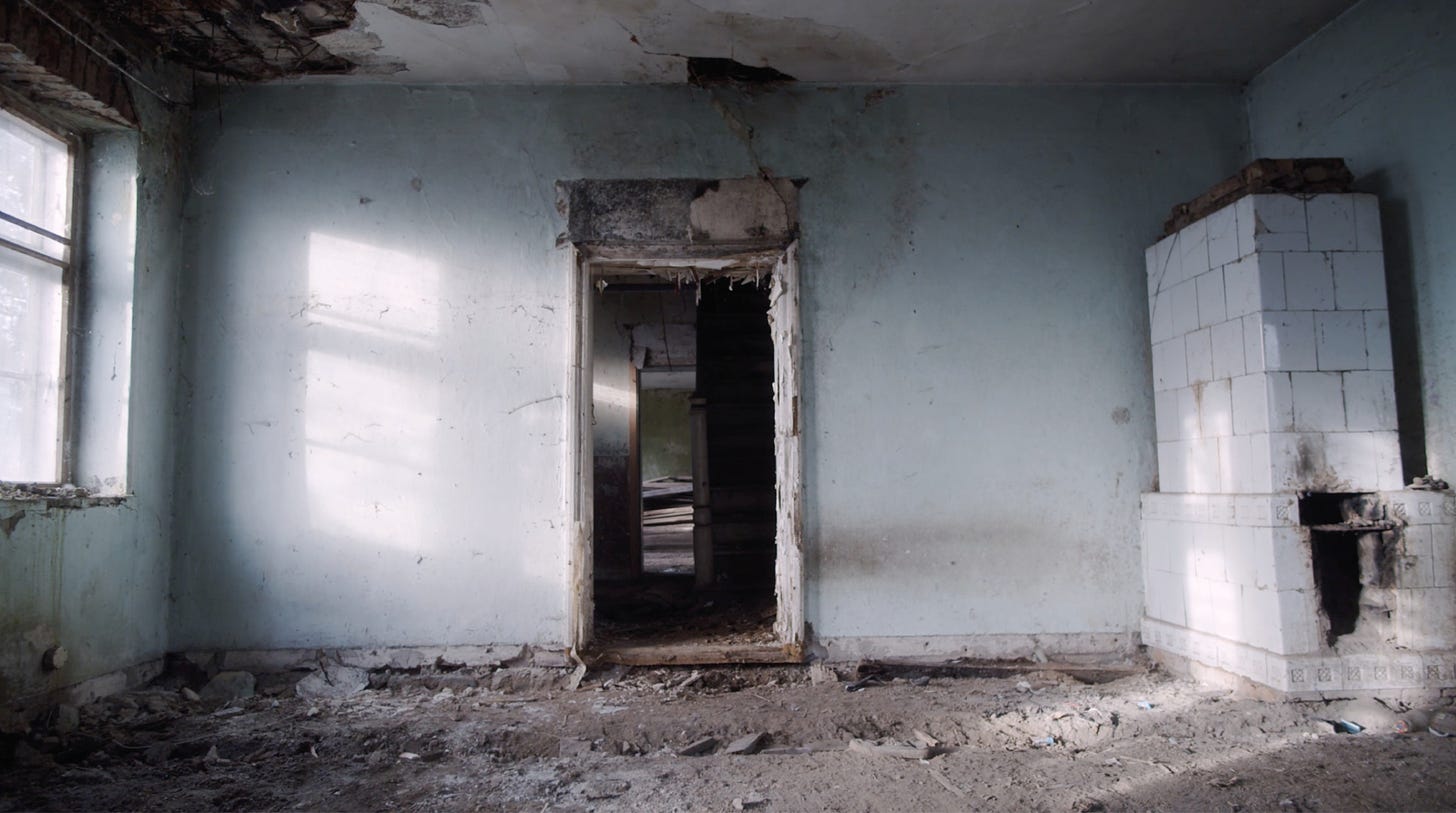

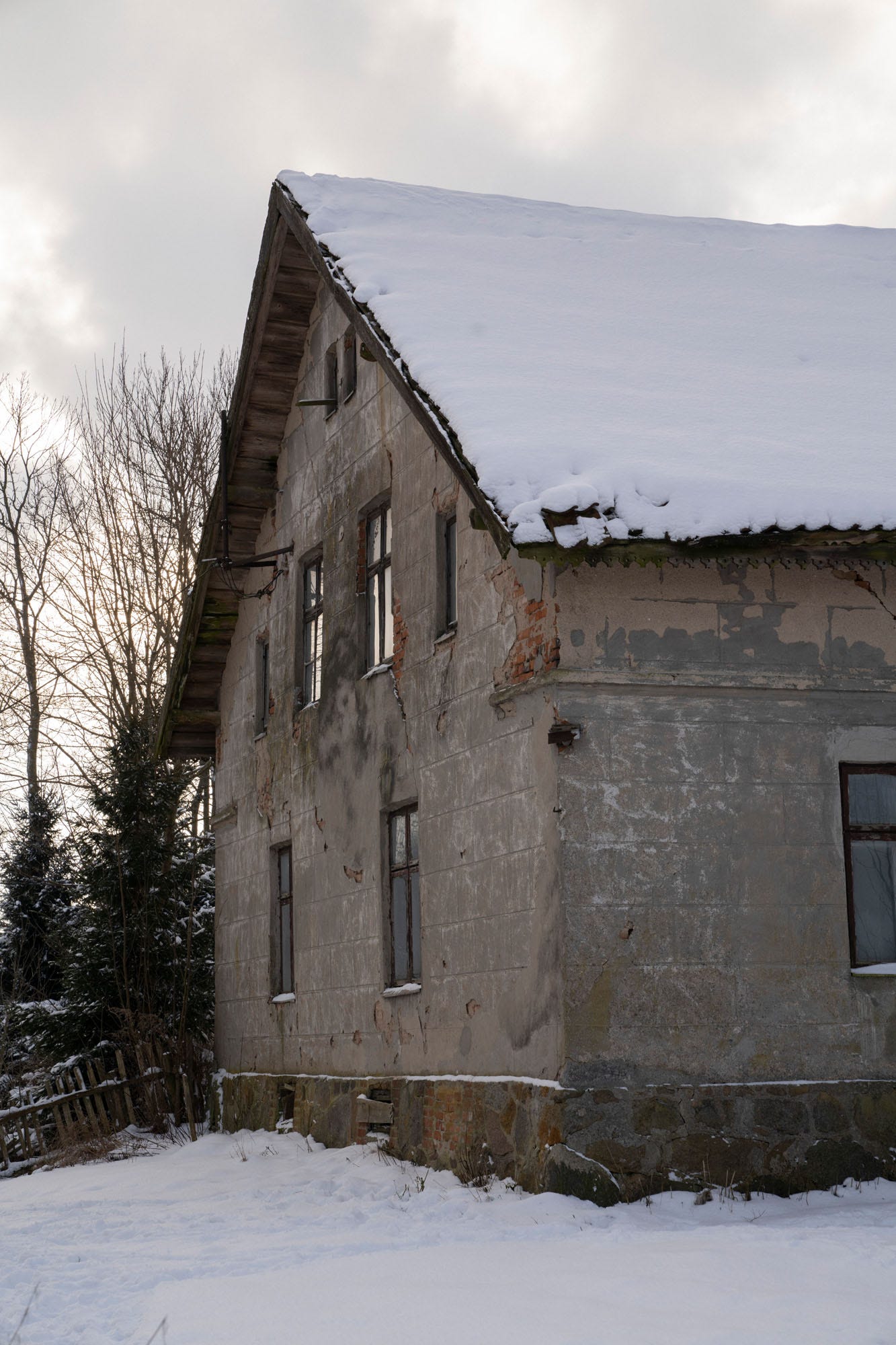
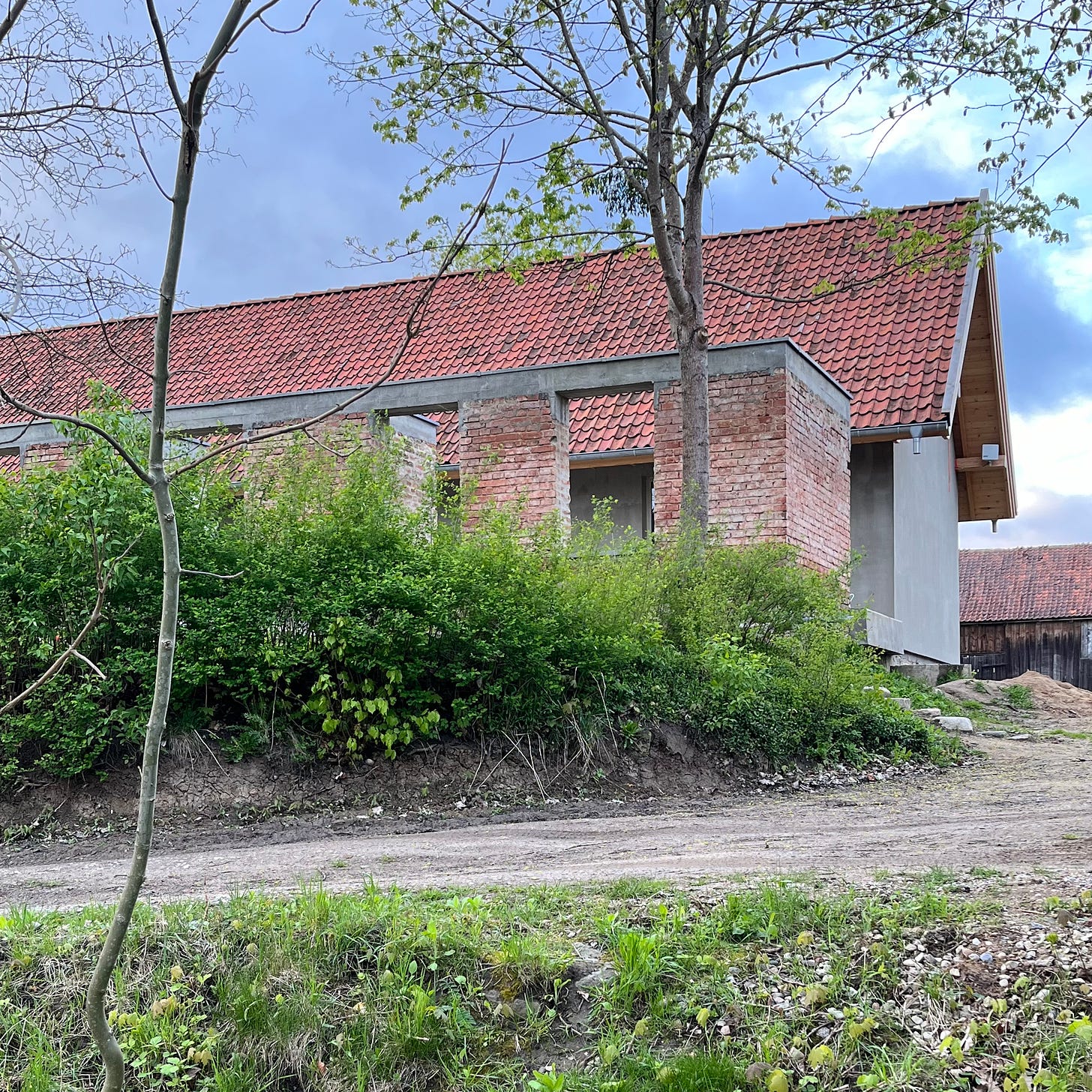
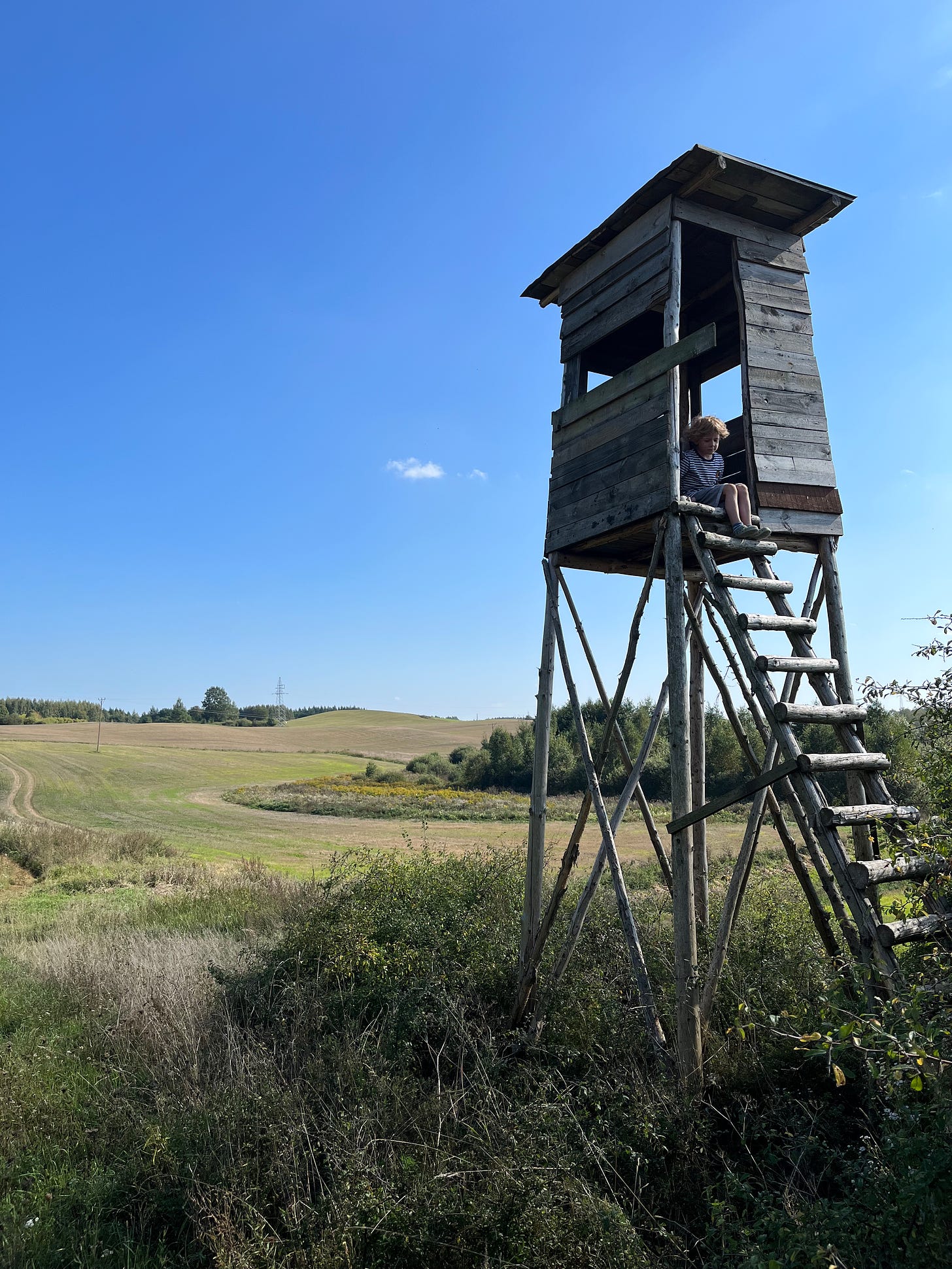
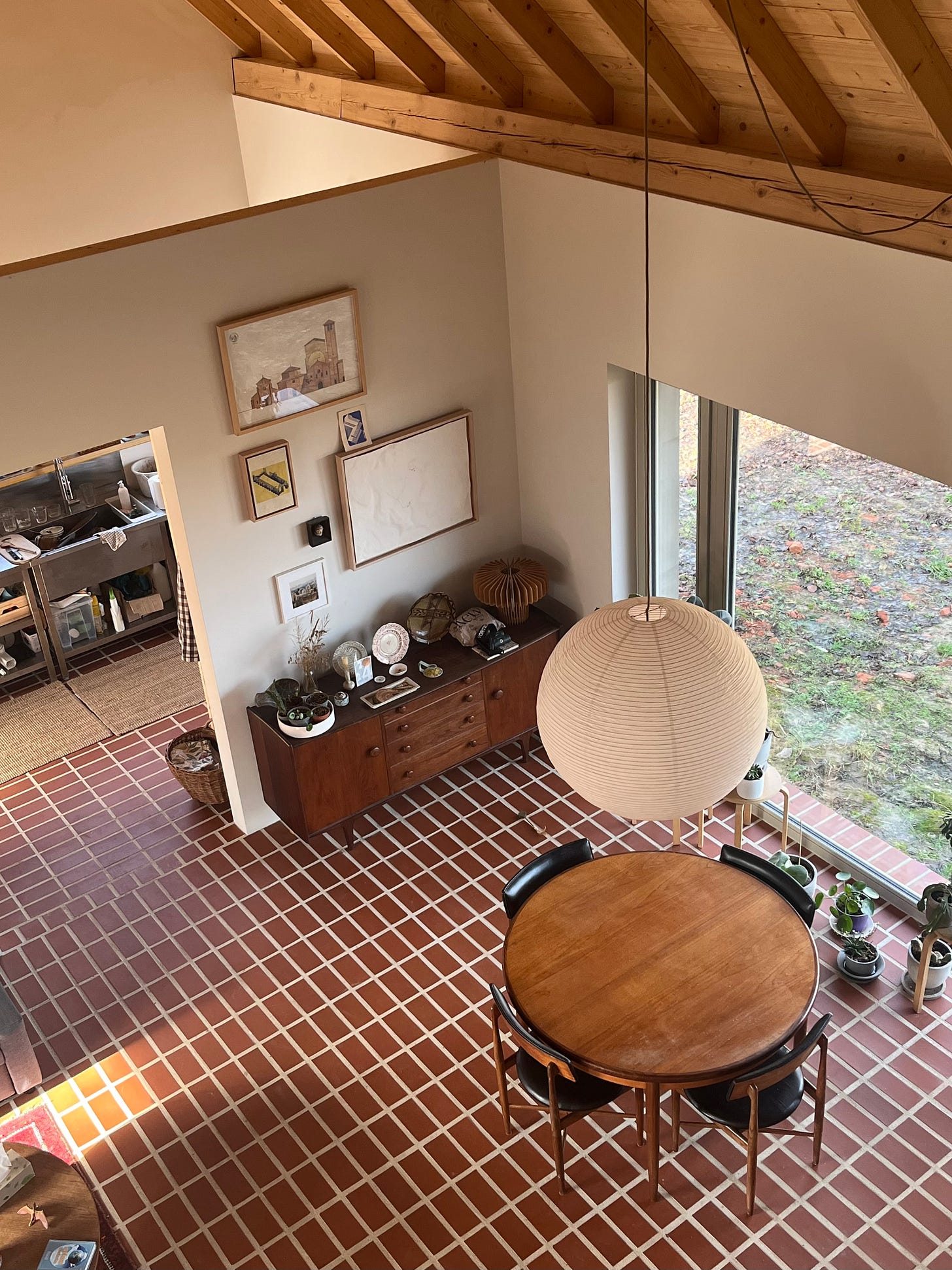
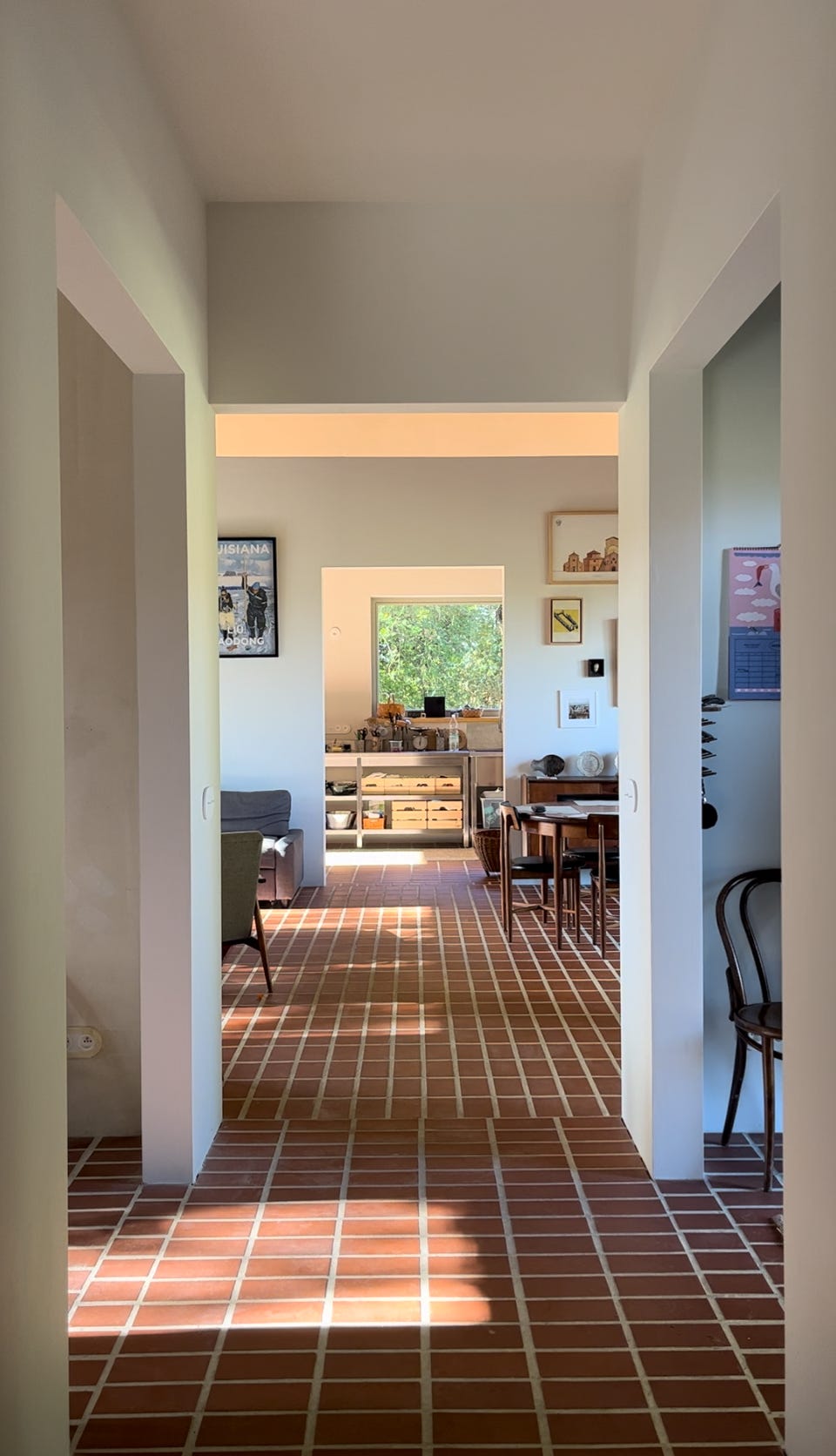
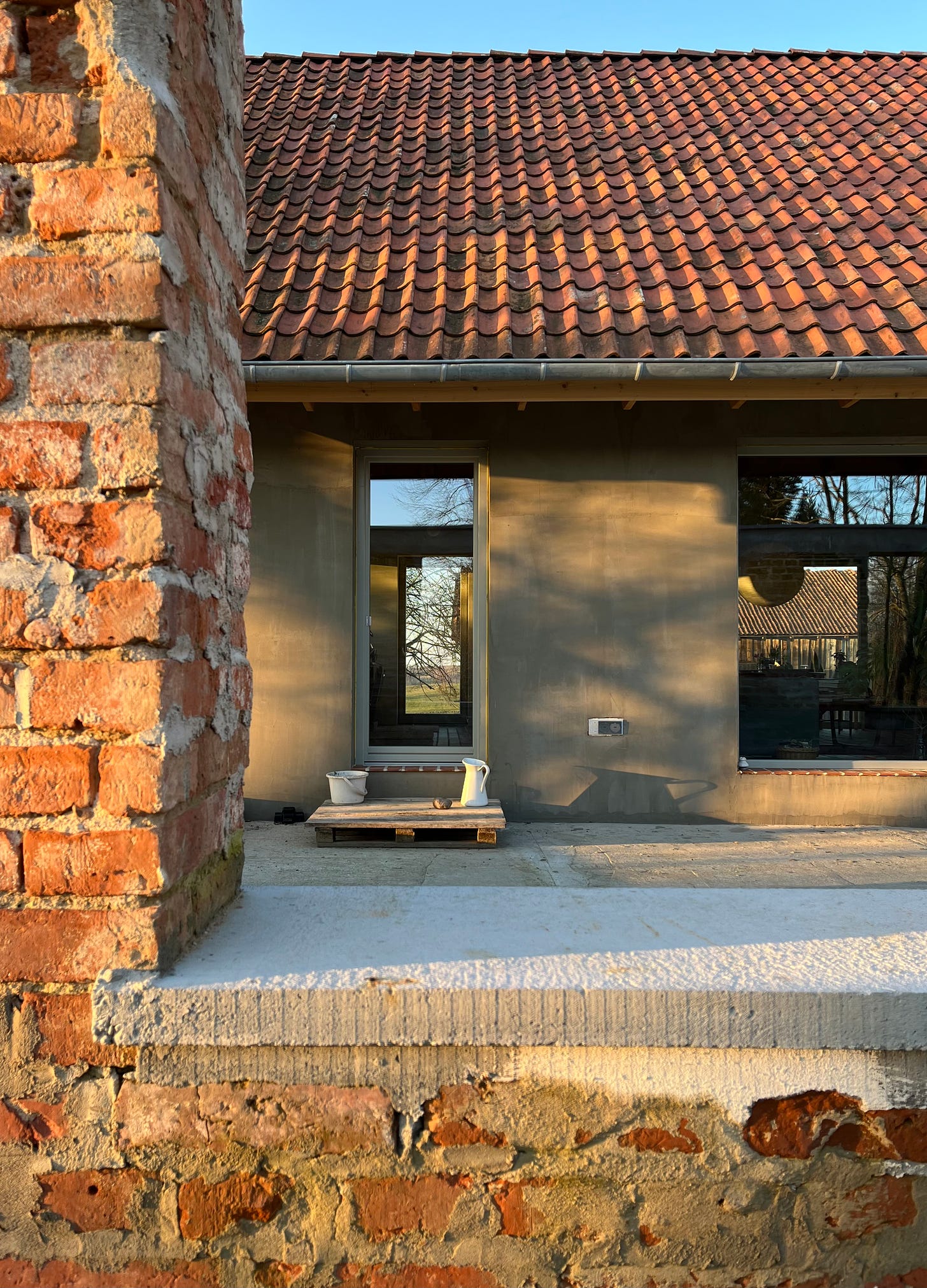
I like the floor plan and wonder if the enclosed courtyard will be using the walls for shaping fruit trees for cropping? Espaliers are so nice
Absolutely loved this! So inspired by their vision for the future of sustainable living—both in the home, their approach to work, and the lifestyle they've created.